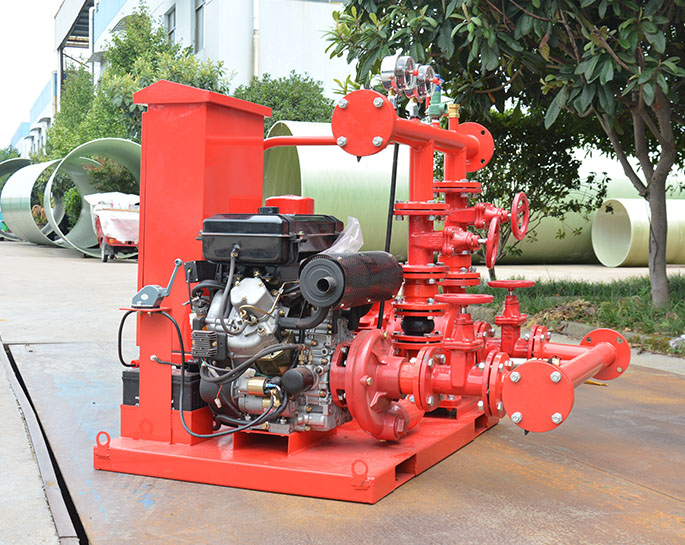Maintaining fire pump equipment is crucial to ensure its reliability and effectiveness in the event of a fire emergency. Regular maintenance helps identify and address potential issues before they become critical. Here are the steps to maintain fire pump equipment:
Follow Manufacturer's Guidelines: Begin by consulting the manufacturer's guidelines and recommendations for maintenance. These guidelines provide specific instructions and schedules for maintaining the equipment.
Create a Maintenance Schedule: Develop a maintenance schedule based on the manufacturer's recommendations and local regulations. Maintenance tasks should be performed at regular intervals, such as monthly, quarterly, semi-annually, and annually.
Inspect Regularly: Perform routine visual inspections to identify any visible issues. Look for signs of corrosion, leaks, loose connections, and any unusual noises or vibrations. Regularly inspect the following components:
Pump and motor assembly
Couplings and shaft alignment
Bearings
Seals
Pressure relief valves
Electrical connections and wiring
Lubrication: Ensure that all lubricated parts are adequately lubricated according to the manufacturer's specifications. This includes bearings, seals, and other moving parts.
Test Run: Periodically run the fire pump (without discharging water) to check for proper operation. Verify that the pump starts and stops as intended and that pressure and flow rates meet the required standards.
Check Control Panels: Inspect the control panel for the fire pump to ensure that all alarms, indicators, and controls are functioning correctly. Test the panel's functionality regularly.
Suction and Discharge Piping: Inspect the suction and discharge piping for any obstructions, leaks, or damage. Ensure that valves are in working order and that they open and close smoothly.
Battery Backup: If the fire pump is equipped with a battery backup system, test the batteries and charging system to ensure they are in good condition and can operate during a power outage.
Diesel Engines (if applicable): If the fire pump is powered by a diesel engine, perform routine maintenance on the engine, including oil changes, fuel system checks, and exhaust system inspections.
Pressure Gauges and Instruments: Verify the accuracy of pressure gauges and other monitoring instruments. Replace or recalibrate any that are not functioning correctly.
Spare Parts Inventory: Maintain a stock of critical spare parts on-site, so replacements can be made quickly if necessary.
Documentation: Keep detailed records of all maintenance activities, including inspection reports, tests, repairs, and replacements. These records are essential for compliance and troubleshooting.
Professional Inspection: Arrange for a professional fire pump inspector to conduct an annual or semi-annual inspection, depending on local regulations. They can provide a more in-depth evaluation and ensure compliance with industry standards.
Emergency Shutdown Testing: Regularly test the emergency shutdown procedures to ensure that the pump can be stopped manually if needed.
Training: Ensure that personnel responsible for maintaining the fire pump equipment are adequately trained and have the necessary skills to perform the required maintenance tasks.
Compliance with Codes: Always follow local fire codes and regulations when conducting maintenance on fire pump equipment.
Remember that fire pump maintenance is not an option but a legal and safety requirement in most jurisdictions. Neglecting proper maintenance can result in equipment failure during a fire emergency, which could have catastrophic consequences. Regular maintenance helps keep fire pump equipment in optimal condition, ready to protect lives and property in case of a fire.



